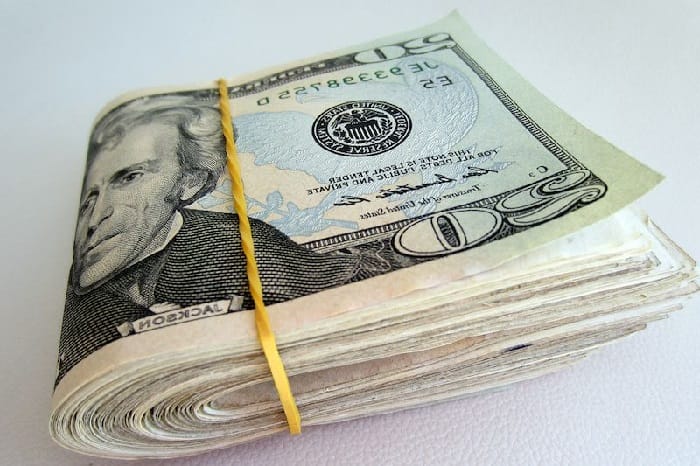Essay on Here’s how rates will affect your money next year.
The purpose of this paper is to discuss the perceived changes of interest rates over the next two years and to consider the changes that will happen to consumer spending plans and to personal spending plans related to the anticipated actions of the Federal Reserve. In my opinion, the Federal Reserve is about to start increasing interest rates as the Fed makes quite direct hints at the future rate increase; the increase of interest rates will happen in 6 months or in a year. Such changes will stimulate spending and short-term borrowing before the rates increase; after the increase, spending and borrowing will decrease, and the rates of saving will likely increase. As for me, I would consider making important purchases related to short-term borrowing now. I will try to concentrate short-term spending in the first half of the year, and focus on saving and repaying loans after the rates increase. Furthermore, since the Fed is planning to keep interest rates low for some more time (although it is not stated clearly how long it might take), I would consider making important purchases such as cars during the next year or two.
Current forecasts of economic growth in 2015 indicate that GDP growth of the U.S. economy in 2015 will be between 3.0% and 3.2%, which is quite high compared to previous dynamics (Quinn, 2014). Currently the Federal Reserve still keeps interest rates at the record low level of 0.25% for 10-year Treasury Bonds. Such strategy started in 2008 and was part of expansionary monetary policy aimed at stimulating spending and reviving the economy. However, during the recent year the economy showed notable improvement – 2.3% of real GDP increase in 2012 and 2.2% in 2013 (Saphir, 2014). The economy is expected to become even stronger in 2015. At the same time, there are two factors urging the Fed to increase interest rates – soaring budget deficits accompanied by the danger of draining the U.S. economy by debts, and the probability of going to an inflationary spiral due to active spending. Both of these problems can be addressed by gradually increasing interest rates.
According to Saphir (2014), the Federal Reserve officials state that June 2015 might be a reasonable starting time for implementing the liftoff. The initial position of the Federal Reserve was to wait with the rate increase until inflation reaches its goal of 2%, but the improvement of employment that was beyond expectations might encourage the Fed implement the liftoff earlier. Interest rate increases make it more expensive for consumers to finance goods, to pay off their debts and to borrow money. Therefore, the increase of interest rates will lead to the decline of spending and investment, and will encourage savings (Rabbior, 2010). In general, people with liquid assets such as short-term deposits might benefit from higher interest rates (Rabbior, 2010).
As for me, I would like to use the opportunities of low interest rates such as low-cost borrowing while the rates are still at their record low level, so I would make short-term purchases such as car, household appliances and equipment using borrowing. If I have available funds, I would like to repay long-term debts during the next 6 months or, maximally, 1 year, because after that time the cost of servicing the debt will increase.
If I were to buy a home, I would be reluctant to do this now since the interest rates are likely to increase in the future. However, if I had good job perspectives for several years and could expect high earnings during these years, I might prefer buying a home and repaying the loan as quickly as possible. Since in the long-term perspective interest rates are expected to grow, it is best to take advantage of the period of inexpensive borrowing. It might be efficient, for example, to purchase a home or an apartment using fixed-rate mortgage while the rates are still favorable.
As for refinancing a home, it would be beneficial provided that two conditions are satisfied – that it is possible to refinance a loan and to have a new fixed-rate loan, and that the initial interest rate of the loan was higher than the actual interest rate. In general, it is not reasonable to start refinancing loans now, since the interest rates are about to increase. However, if refinancing helped decrease the loan’s term, then such decision might be appropriate because the current strategy of borrowing should be focused on repaying the loans before the interest rates change.
Regarding saving more money in the bank, it is more beneficial to save when the interest rates increase, i.e. in 6 months or in a year. Currently, it is beneficial to spend and to make important purchases, and then to start saving when the Federal Reserve finally applies the liftoff. Regarding investing into stock market, the strategy is just the opposite – it is beneficial to invest into stock market currently when the interest rates are low since it is possible to use low-cost debt to finance investments, but it would be less beneficial when the interest rates increase. So I might engage into stock market investments during 6 months or maximum a year, and will be more reluctant to invest into stock market when the interest rates increase.
Do you like this essay?
Our writers can write a paper like this for you!



